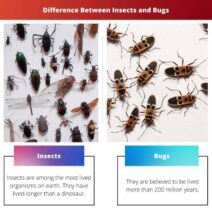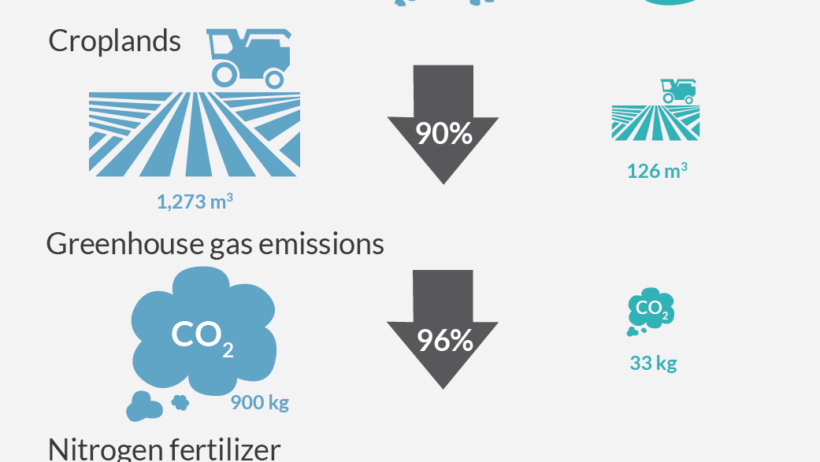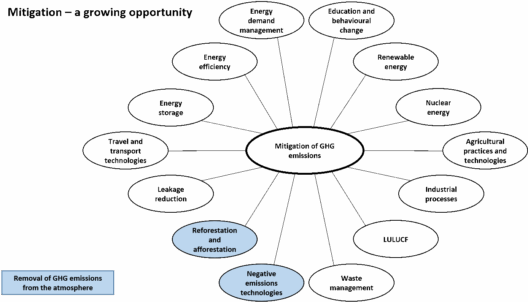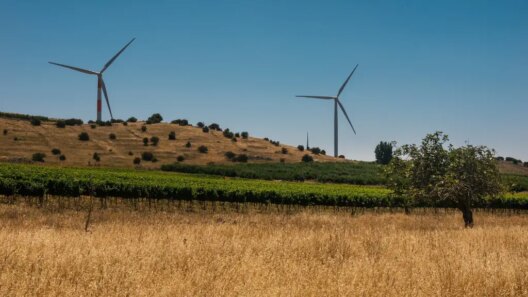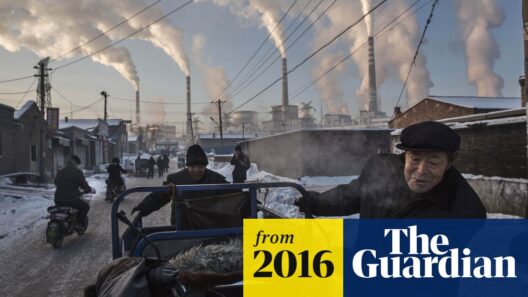Animal farming, often likened to the double-edged sword, stands at the nexus of sustenance and sustainability, casting an extensive shadow on climate dynamics. As the earth encounters the dire consequences of anthropogenic activities, the role of livestock in exacerbating climate change can no longer be overlooked. The ramifications of animal agriculture extend beyond mere greenhouse gas emissions; they encompass deforestation, land degradation, and a plethora of ecological challenges. Understanding the profound impact of animal farming requires an exploration of its intricate relationship with climate change.
To grasp the gravitational pull of animal farming on global warming, one must first comprehend the fundamental mechanics of greenhouse gases. Livestock production is responsible for a staggering 14.5% of global greenhouse gas emissions, a proportion that emanates primarily from methane produced during digestion, known as enteric fermentation. This potent gas, with a global warming potential over 28 times greater than carbon dioxide over a century, underscores the significant ecological threats posed by ruminant animals, particularly cattle.
Much like a fire that rages uncontrollably, the emissions from livestock seem innocuous at first, but they ignite a chain reaction that fuels climate change. Each belch from a cow represents not just an innocent act of digestion, but a direct contribution to a climate crisis that endangers the very fabric of our planet. Additionally, manure management presents another formidable challenge, as the decomposition of livestock waste emits nitrous oxide, another greenhouse gas with a staggering impact on atmospheric composition.
The land use implications of animal farming are equally alarming. Vast tracts of forests, which serve as the lungs of our planet, are sacrificed at the altar of livestock production. Deforestation, particularly in regions like the Amazon rainforest, often has roots entwined with beef production. Cattle ranching drives the destruction of these vital ecosystems, releasing carbon stored in trees into the atmosphere and diminishing biodiversity. The metaphor of a tree falling in a forest, echoing the silence of lost life, paints a stark picture of what is sacrificed in the name of meat consumption.
Moreover, the water-intensive nature of animal agriculture cannot be understated. Livestock farming is a prodigious consumer of water resources, requiring approximately 2,000 to 5,000 liters of water to produce just one kilogram of meat. This colossal demand hollows out freshwater systems and amplifies the competition for resources that are already under strain due to climate variability. The vicissitudes of drought, exacerbated by climate change, loom large over this domain, rendering the sustainability of water usage for animal farming increasingly untenable.
In contrast, an exploration of alternative agricultural systems that prioritize plant-based diets reveals a path toward ecological remediation. Transitioning from animal-centric to plant-centric food systems could alleviate many of the pressures driving climate change. The cultivation of crops, particularly legumes, not only sequesters carbon in soil but also enhances biodiversity, fostering ecosystems where wildlife can thrive. The metaphor of casting light into a darkened room aptly captures the potential for plant-based agriculture to illuminate paths to sustainability.
The dietary choices we make every day can catalyze significant transformations on our planet. Adopting a plant-based diet or reducing meat consumption can lead to a dramatic decrease in our individual carbon footprints. A report emphasizes that if the global population reduced meat and dairy consumption by just 50%, it could lower greenhouse gas emissions from the food system by nearly half. This potential for change is not merely a drop in the ocean; it represents a wave that can reshape our environmental future.
Nevertheless, societal change requires a fundamental shift in mindsets, practices, and systems. As the industry gradually adapts to consumer demands for sustainable options, innovative practices such as regenerative agriculture show promise. These practices aim to restore soils, enhance biodiversity, and sequester carbon, all while producing food in a manner that harmonizes with nature rather than against it. The metaphor of gardening not only seeds life but nurtures the earth’s ability to flourish encapsulates the essence of regenerative approaches.
Ultimately, addressing animal agriculture’s role in climate change necessitates a concerted effort involving policy reform, education, and community engagement. Governments can play an instrumental role in incentivizing sustainable agricultural practices, bolstering support for farmers transitioning to regenerative methods, and implementing carbon pricing mechanisms that reflect the true environmental cost of livestock production. Education campaigns can empower consumers, fostering awareness and encouraging shifts in dietary choices that align with ecological sustainability.
In sum, the intricate web of interconnectivity between animal farming and climate change requires immediate attention and decisive action. By recognizing the breadth of its impact—from greenhouse gas emissions to land degradation and water scarcity—we can forge pathways that are not only beneficial for the environment but also essential for our collective future. The road ahead is fraught with challenges; however, the promise of a sustainable future beckons, and it is within our grasp to create a world that flourishes in harmony with nature, rather than as adversaries in an all-consuming battle for survival.

